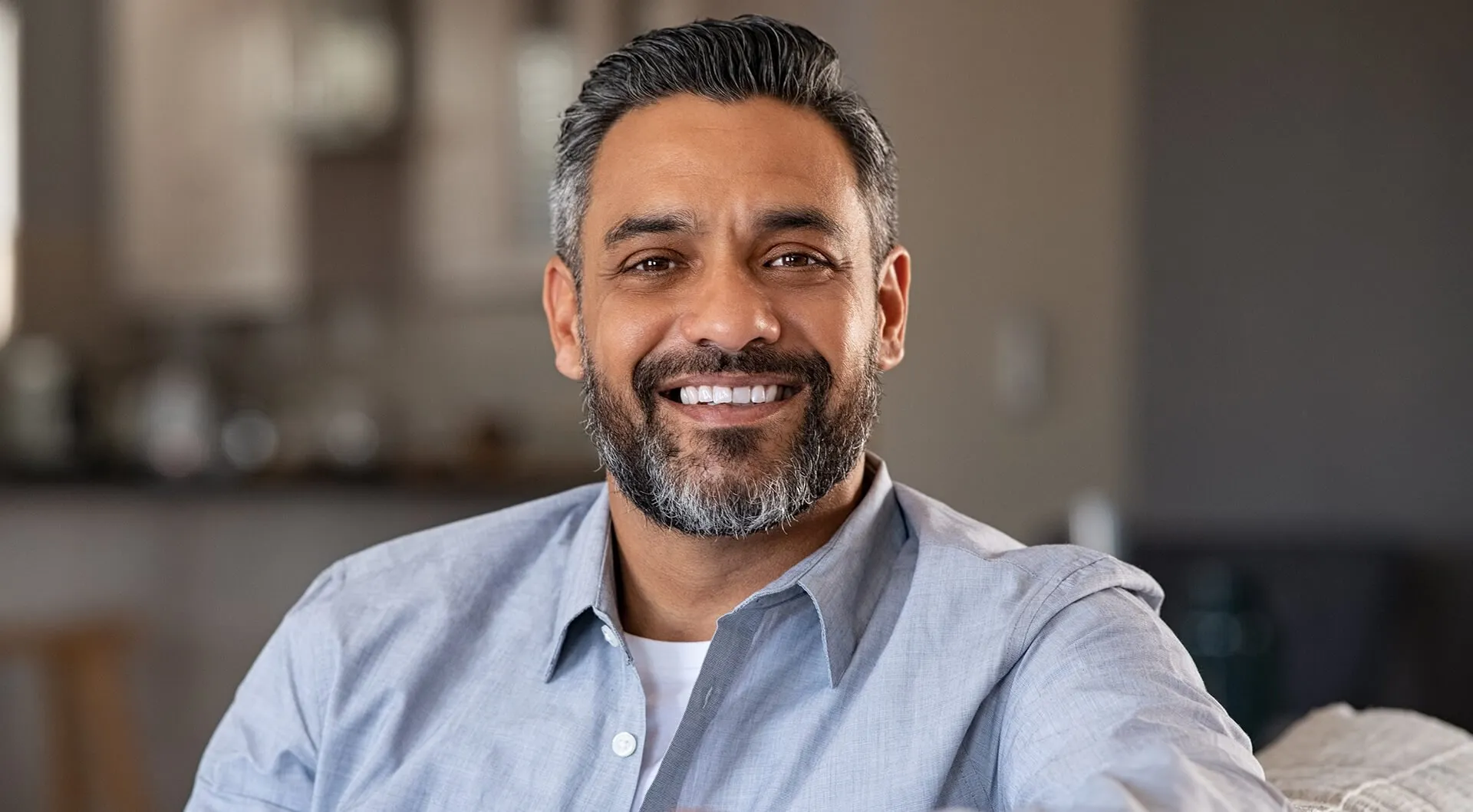How Long After Fluoride Treatment Can I Eat?

So, your fluoride treatment is done. Your teeth feel fresh, polished, and protected. But now you're wondering, how long after fluoride treatment can I eat?
Quick answer: wait at least 30 minutes.
That short pause gives the fluoride time to bond with your enamel and start protecting your teeth from decay. But the real magic? It happens in the hours that follow, if you give your teeth the care they need.
At Bloom Family Dental, we've seen it firsthand. Fluoride works, but how you treat your teeth afterward can make or break the results.
Why That 30-Minute Wait Really Matters
When fluoride is applied, whether as varnish, foam, or gel, it forms a temporary layer over your teeth. During those first few minutes, the fluoride begins absorbing into your enamel, reinforcing it against acids, sugars, and bacteria.
Eating or drinking right after fluoride treatment, especially something hot or acidic, can disrupt this process. And while the fluoride doesn’t vanish, its effect can be significantly weakened.
That’s why we always say: a little patience now, stronger enamel later.
The First Few Hours: What to Avoid
Even after the initial 30 minutes, not all foods are fair game. Your teeth are still absorbing and responding to the fluoride layer, and acidic or abrasive foods can interfere.
Here’s what we tell our patients to hold off on:
- Steaming hot food or drinks: heat can soften the varnish too early
- Citrus fruits or juices: acid can erode the enamel mid-process
- Crunchy snacks or crusty bread: these can scrape off fluoride prematurely
- Sticky candy or gum: unnecessary sugar and friction right after treatment
- Alcohol-based rinses: harsh on newly treated enamel
These restrictions usually last only 4 to 6 hours, but those few hours count. This is even more important for patients who come in for professional fluoride treatments every 3 to 6 months to manage sensitivity or cavity-prone teeth.
So What Can You Eat After a Fluoride Treatment?
Once you hit that 30-minute mark (and ideally wait a little longer), gentle, non-acidic soft foods are your best bet:
- Mashed potatoes
- Soft fruits like bananas, melons, or berries (skip the citrus)
- Eggs, oatmeal, cooled pasta
- Yogurt, smoothies (non-acidic ones)
- Steamed rice or soup (lukewarm)
These foods let your mouth ease back into action while preserving the benefits of the treatment.
A common question we get is: can I eat pizza after fluoride treatment? Technically yes, but it’s best to wait at least 4 hours. All that cheese, sauce, and crunchy crust can interfere with the treatment if eaten too soon, so give it a little time before you dig in.
Coffee, Water, and Brushing: What's the Timeline?
Let’s break down some of the other post-treatment FAQs we get at Bloom:
- Can I drink water after fluoride treatment?
Yes, but ideally wait 30 minutes. A small sip is fine if you’re thirsty, but avoid rinsing or gulping too soon.
-
How long after fluoride treatment can I drink coffee?
Give it a solid 4 to 6 hours, especially if it’s hot. Coffee is acidic and can strip away the fluoride coating.
-
When can I brush my teeth after fluoride treatment?
Wait at least 4 hours. Brushing too soon can remove the protective layer before it’s fully absorbed.
-
How long after fluoride treatment can I eat hot food?
Best to wait 4 to 6 hours. Temperature affects the bonding process.
These timelines help ensure that the fluoride treatment doesn’t go to waste, and that you get the full benefit of stronger, healthier tooth enamel.
Gentle Choices Today, Stronger Teeth Tomorrow
If you've just had fluoride treatment, remember: it’s not just about what you avoid, but also how you care for your teeth long-term.
At Bloom Family Dental, our patients often ask, “What happens if you eat after fluoride treatment?” The truth? One slip-up isn’t the end of the world. But consistent post-care after each fluoride session, builds better protection over time.
We always advise patients to look at fluoride not as a one-time fix, but as part of a broader oral hygiene routine: regular cleanings, smart food choices, brushing and flossing, and yes, fluoride touch-ups when needed.
Dr. Bloom's Take: It’s More Than Just a Treatment
We’ve seen kids, teens, and adults benefit from fluoride treatments, especially those with sensitive teeth, early signs of decay, or orthodontic appliances. And while the treatment is simple, the value is long-term.
Think of it this way: brushing and flossing fight plaque daily. Fluoride gives your teeth backup reinforcement, even more so if you're prone to cavities or eat a lot of sugars or acids.
But it only works if you give it the time and space it needs.
Final Thought: Be Kind to Your Enamel
Here’s what to remember next time you leave the dentist’s chair:
- Wait at least 30 minutes before eating or drinking.
- Avoid eating acidic, crunchy, or hot foods for 4 to 6 hours.
- Stick with soft, non-acidic foods when you do eat.
- Delay brushing and flossing to let the fluoride set.
- Ask your dentist for personalized post-treatment tips.
Want to Keep That Healthy Glow?
At Bloom Family Dental, fluoride is just one part of how we help protect your smile for the long run. Whether it’s your first fluoride session or you’re adding it to your regular dental care plan, we’ve got you covered.
Book your appointment today and let us help you keep your enamel strong, your smile brighter, and your next meal perfectly timed.

